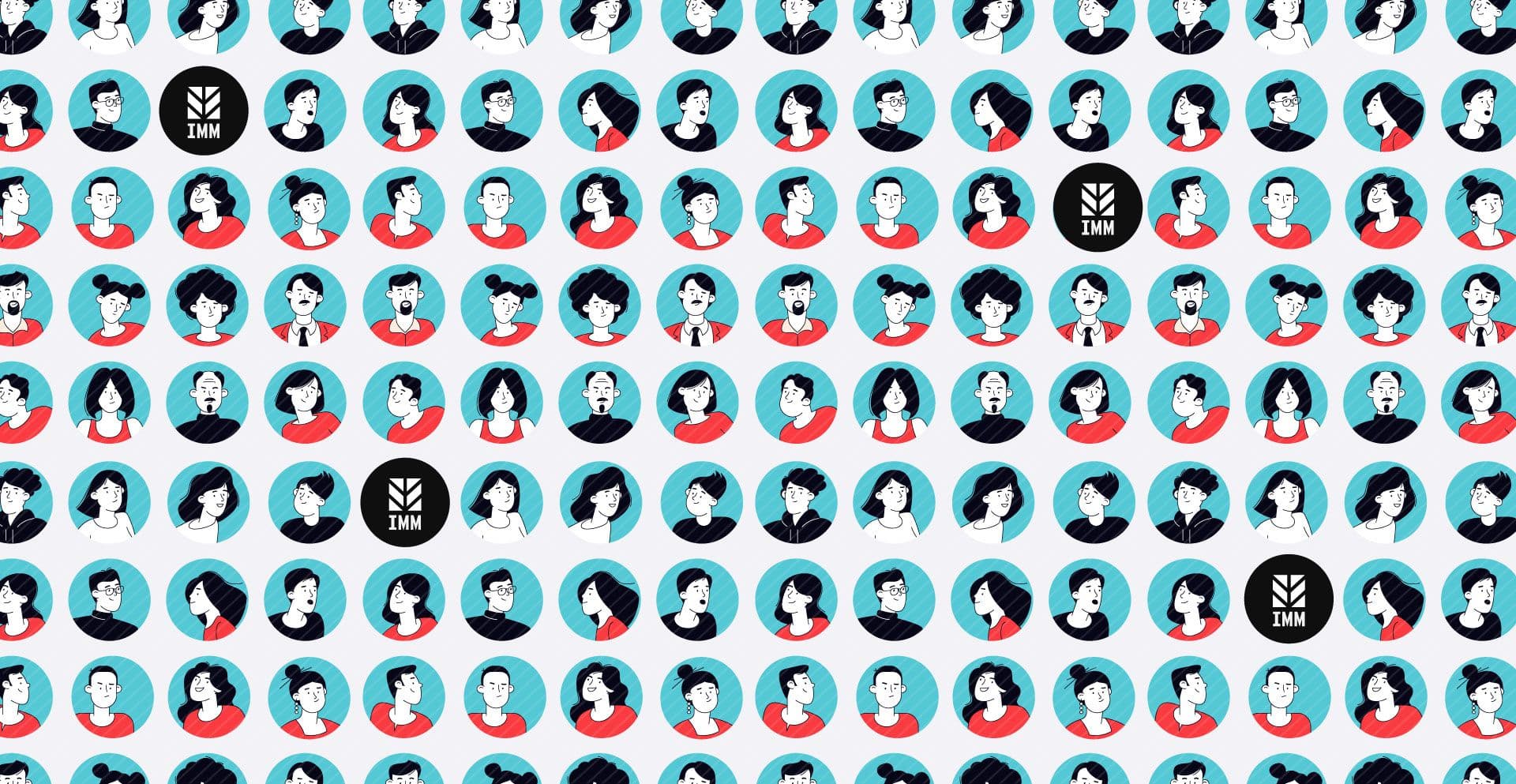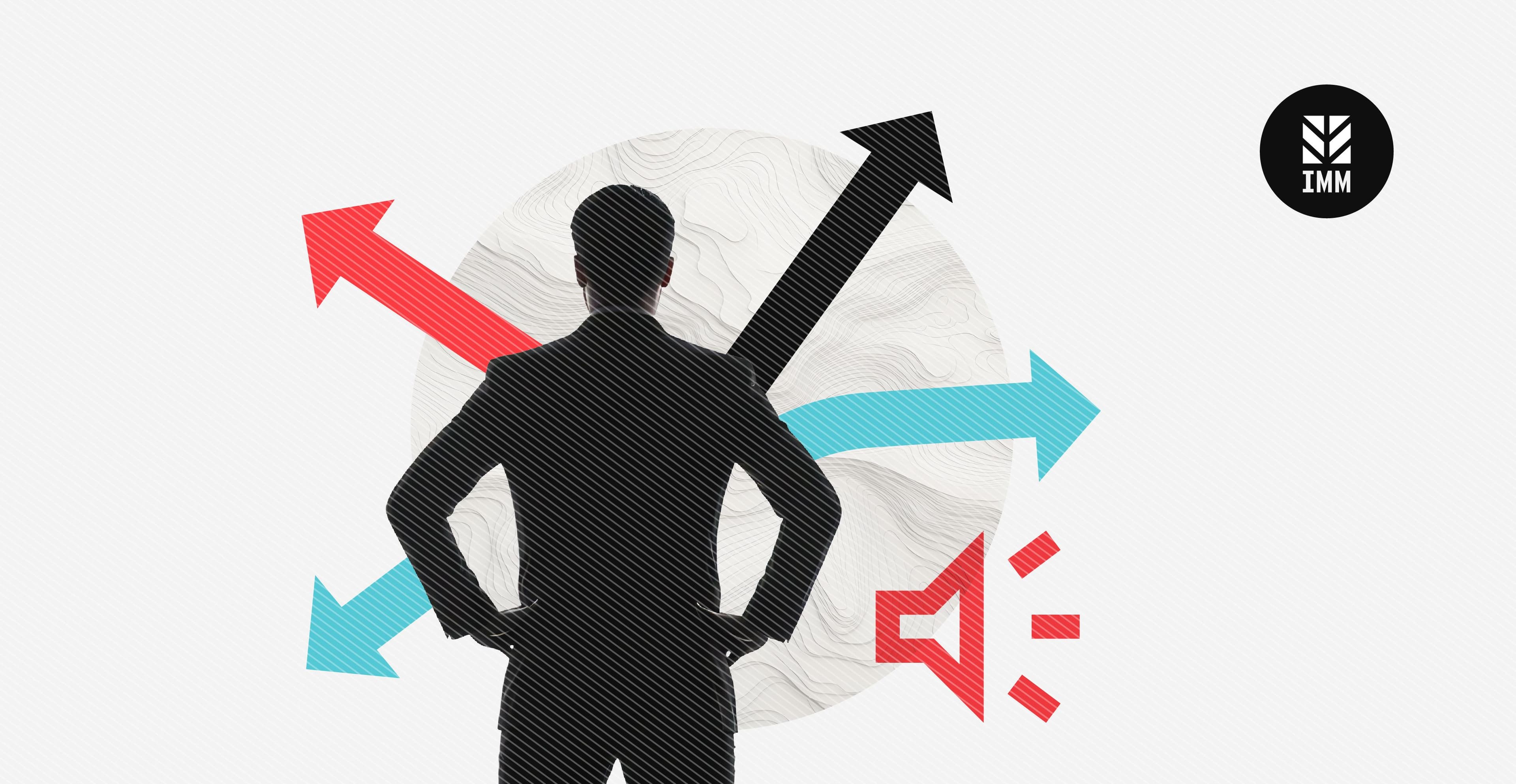Creative
Creativity in the AI Era
Written by Corien De Jong ·
August 2024

The Unending Questions
As the president of a digital strategy and creative design agency, my friends sometimes pose questions about artificial intelligence in the creative process. Does AI belong in an agency? Do you use it? How do you use it? Do you lose originality by using AI? Do you still charge the same price for your services using it? Are there ethical concerns? The list goes on and on.
While I don’t profess to be an AI expert, I’ve spent 30 years honing my instincts in creative direction. That experience has taught me the importance of critical thinking, especially when it comes to all the emerging technologies that promise to revolutionize our industry. So, let’s take a step back and approach the subject of AI/creativity with wisdom and a healthy dose of skepticism.
Deconstructing Creativity and AI
First things first, we need to unpack the very nature of creativity and AI. Is creativity a process, an insight, an experience, or a result? Our understanding of creativity directly impacts how we view AI's role within it.
From my perspective, creativity is an epiphany—a human experience that AI cannot yet replicate. While AI can certainly assist in various stages of the creative process—generating ideas, analyzing data, optimizing designs—the core spark of creativity remains distinctly human.
AI, on the other hand, is essentially a complex system of programmatic logic. It’s great at recognizing patterns, processing information, and even generating text or images. However, it lacks the philosophical logic and emotional intelligence that are so integral to human creativity.
To understand how AI can enhance creativity, we need to break down the creative process into its distinct stages: inspiration, ideation, application, feedback, and exhibition. Each stage requires different skills and approaches, and AI can potentially play a role in all of them.
For example, AI can help analyze vast amounts of data to uncover insights that inspire new ideas. It can also assist in ideation by generating multiple design variations or content options. In the application stage, AI can automate repetitive tasks, freeing up human creatives to focus on more strategic and conceptual work. And during the feedback and exhibition stages, AI can provide valuable insights to inform future creative.
AI in the Agency: A Collaborative Effort
At IMM, we embrace AI as a tool to enhance our creative process, not replace it. We use AI to streamline workflows, generate ideas, and optimize designs. But we make sure the human touch remains at the heart of everything we do. Our team of talented artists provide the vision, the inspiration, and the final say on all our work.
Generative AI pretends like it can do everything, but it can only understand, or “re”-generate, the past. It’s an incredible tool that, right now, is being incorporated best at small, specific levels. We take a collaborative approach to researching the most efficient, cost-saving uses and combinations (automations) of AI in our collective creative process. We’re committed to stay in front of the industry zeitgeist and promise real savings for our clients.
The Puzzle Metaphor: A Visual Guide
I sometimes think of our agency like a complex puzzle. Each piece represents a different process. The finished picture is a beautiful, cohesive representation of the agency's identity and capabilities.
Now, imagine that you have a magical paintbrush that can turn any puzzle piece into gold, making it more valuable. This "golden touch" represents the potential of AI to enhance the value of each stage of the creative process because of greater efficiency. However, if you were to paint too many pieces before assembling them, it would be difficult to put the puzzle together. The individual pieces, or processes, of the puzzle would lose their distinction. The more you paint, the less your original vision would shine through. Now it’s a smashed-together mess.
If we were to rely on AI for every aspect of the creative process, we would lose the unique perspectives, insights, and experiences that make our work truly valuable. Certainly, some pieces should be painted gold, but never enough to lose the bigger picture.
The Path Forward: A Methodical Approach
To successfully integrate AI into our creative processes, we should take a methodical, intentional approach. We must identify the most granular areas where AI can add the highest value and develop solutions that work seamlessly with our existing workflows.
That will involve breaking down each stage of the creative process into smaller, more manageable segments. We then analyze each task to determine whether AI can be used to automate it, augment it, or enhance it. By taking this granular approach, we can ensure that AI is being used in a way that truly enhances our creativity, rather than hinders it.
Conclusion: The Future of Creativity in the Age of AI
As AI continues to evolve, it will undoubtedly play an increasingly important role in the creative industry. But it will never replace the human touch. Creativity strings together epiphany, an experience that is uniquely human.
By embracing AI as a tool and integrating it thoughtfully into our creative processes, we can unlock new levels of efficiency, productivity, and innovation. But we must always remember that the creative experience lies in the human mind.
Our agency is committed to using AI in a way that enhances our creativity, not replaces it. By being critical of AI’s limitations, we can create work that is truly engaging and effective.
So, to answer the question of whether AI belongs in a creative agency, I would say unequivocally yes. But it must be used intentionally, and in collaboration with human creativity. Only then can we use this new tool to create groundbreaking work.
Disclosure of how we used AI to write this post.
With the amount of work on my plate, I knew writing this blog would be a challenge. But also, a fun exercise to use AI to speed up my process while maintaining quality. First I wrote a large, unformatted paragraph that contained all of my ideas about this subject. Then, I crafted as detailed an outline as I could. After prompting GPT-4 with the outline and paragraph, it only took me about an hour to edit the result into the same piece that would have otherwise taken me a day's worth of work. Using such a large prompt, with data formatted in an efficient way, allowed the LLM to truly work for me.
Share this post


